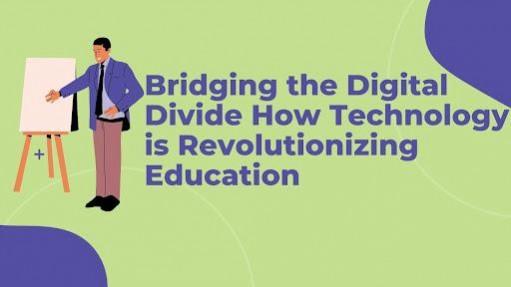
The digital transformation of education is reshaping learning experiences across the world. Shatrughna Upadhyay, an expert in educational technology, explores innovative solutions that make education more accessible and inclusive. His work focuses on leveraging technology to close the digital gap, ensuring that students from all backgrounds can benefit from modern learning platforms.
The Power of Cloud-Based Learning Management Systems
Cloud-based learning management systems (LMS) have emerged as a game-changer in digital education. These platforms provide scalable and cost-effective solutions that enable seamless learning experiences. Unlike traditional systems that require extensive on-site infrastructure, cloud-based LMS can be accessed from anywhere, significantly reducing barriers to education. They support real-time collaboration, data-driven insights, and personalized learning paths, making them an essential tool in the digital era.
Mobile-First Platforms: Enhancing Accessibility
With the widespread adoption of smartphones, mobile-first learning platforms are transforming education accessibility. These platforms are designed to function efficiently on low-bandwidth connections and older devices, ensuring that students in remote and economically disadvantaged areas can participate in digital learning. Features like offline access and adaptive interfaces make mobile learning an effective tool for bridging educational gaps. Furthermore, mobile learning platforms often incorporate gamification elements and microlearning modules, which enhance student engagement and knowledge retention while accommodating diverse learning styles and schedules.
AI-Driven Learning: Personalized and Adaptive Education
Artificial intelligence (AI) is revolutionizing the way students learn by providing personalized learning experiences. AI-powered tools analyze individual learning patterns and adapt educational content accordingly, improving retention and engagement. These systems can identify students' strengths and weaknesses, offering customized recommendations that enhance the learning process. Additionally, AI-driven chatbots and virtual tutors provide real-time assistance, making education more interactive and accessible.
Breaking Language Barriers with Multilingual Content
One of the major challenges in digital education is language accessibility. Many educational platforms predominantly feature content in English, limiting access for non-English speakers. Innovative translation technologies and AI-powered content localization are addressing this issue by providing multilingual support. These advancements help create inclusive learning environments where students can access quality education in their native languages.
Engagement Technologies: Gamification and Interactive Learning
Gamification and interactive learning tools are making education more engaging and effective. By incorporating game-like elements such as rewards, challenges, and interactive simulations, these technologies enhance motivation and retention. Virtual reality (VR) and augmented reality (AR) are also playing a crucial role in creating immersive learning experiences, particularly in fields like science and engineering.
Overcoming Infrastructure Challenges
While digital education presents numerous benefits, infrastructure limitations remain a significant barrier. Many regions still struggle with inadequate internet connectivity and lack of access to digital devices. Solutions such as hybrid learning models, community-based digital hubs, and government-led initiatives are helping to address these challenges. By improving connectivity and providing affordable learning resources, these efforts contribute to a more equitable educational landscape. Public-private partnerships can accelerate progress toward universal digital access.
The Future of Technology-Enabled Education
As technology continues to evolve, its role in education will expand further. Emerging innovations such as brain-computer interfaces, quantum computing, and advanced AI models promise to revolutionize learning even more. However, ensuring equitable access to these advancements will require strategic planning, policy development, and international collaboration. These transformative technologies must be implemented thoughtfully, with careful consideration for data privacy, ethical guidelines, and the development of inclusive frameworks that prevent the widening of existing educational disparities.
In conclusion Shatrughna Upadhyay highlights the transformative power of technology in education. By leveraging digital tools, educators and policymakers can create inclusive learning environments that empower students worldwide. The journey toward a digitally inclusive education system is ongoing, but with continuous innovation, the goal of universal access to quality education is within reach.








![Sky is the limit: IndiGo is now tenth largest airline by capacity globally; growth indisputable [details]](https://data1.ibtimes.co.in/en/full/767455/sky-limit-indigo-now-tenth-largest-airline-by-capacity-globally-growth-indisputable-details.jpg?w=220&h=138)








